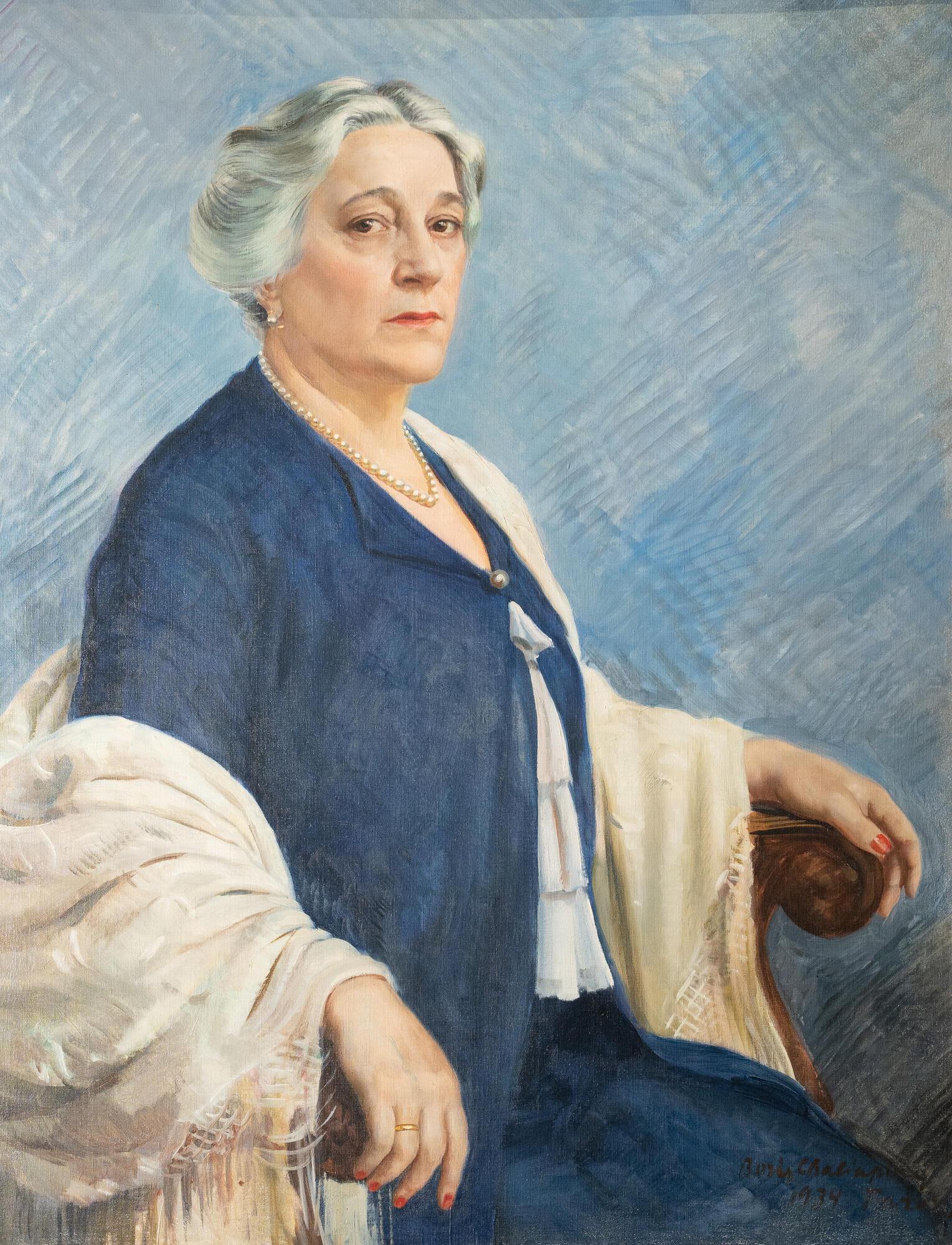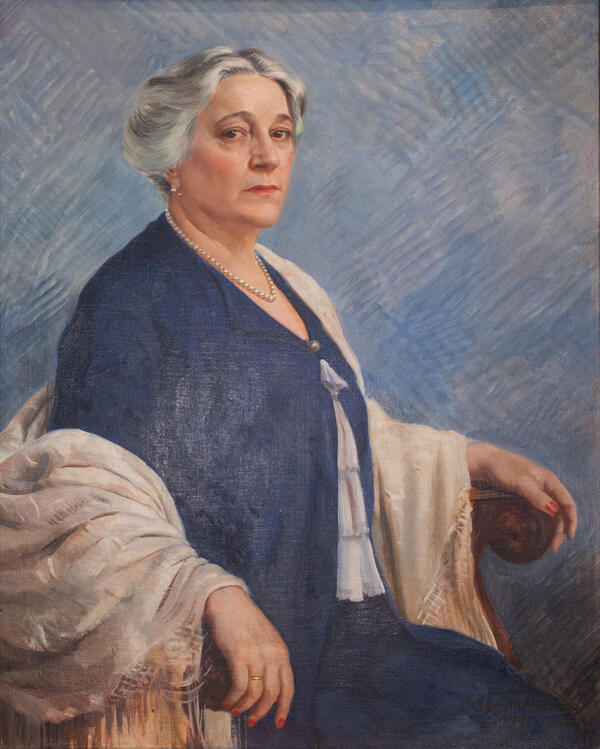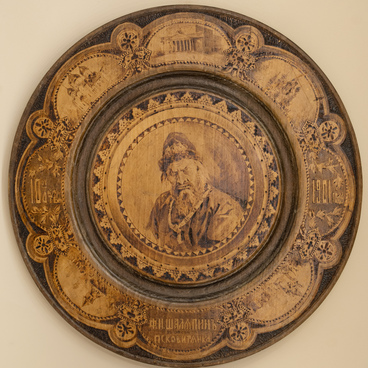In 1922, Feodor Ivanovich Chaliapin, the greatest Russian opera bass singer, emigrated to France. He was accompanied by nine of his ten children. The singer spent his last years in Paris, the capital of Russia’s first-wave émigrés, and his children lived in Europe and the USA.
The heirs of the great singer quickly adapted to the culture of their host countries, but maintained strong ties with Russian communities in America and Europe. They became an active part of the subculture of famous Russian artists and painters who made up Chaliapin’s social circle. Therefore, it is not surprising that the older children chose to pursue a career in creative fields.
Boris Feodorovich Chaliapin, son of the great Russian bass singer, has achieved significant and lasting success in his work. As a youth, he spent some time studying sculpture at VKhUTEMAS. Boris Feodorovich became known primarily as the cover artist for the renowned Time magazine, to which he contributed artwork from 1942 to 1970. It was he who made the cover with a portrait of Elizabeth II for the 1953 issue of Time. Boris Chaliapin swiftly mastered the magazine’s signature style and in just seven hours was able to create portraits of stars of “breaking” news articles of the issue. He was nicknamed “Mr. Time”. His cover art reflects a deep understanding of American culture.
Despite Chaliapin drawing more than 530 covers for Time, of which 413 were published, he never saw himself solely as an illustrator. An extraordinarily prolific artist with a wide variety of interests, he created sculptures, portraits, cartoons, as well as landscapes of Russia, France, Switzerland, Israel, American states of Connecticut and New Mexico.
Other works by Boris Feodorovich explore themes of self-identification as a Russian, an emigrant in France, the son of Feodor Chaliapin or an artist who grew up in a creative environment. His depictions of “troikas”, gypsies, wolves and peasants, convey the artist’s nostalgia for the Russia of his youth.
Still, Chaliapin’s main genre was portrait. Boris Feodorovich drew almost everyone close to him. He created dozens of sketches and drawings of family members and friends. Among them is a portrait of his 61–year–old mother Iola Ignatyevna Chaliapina, which he painted in Paris, 1934. Despite the portrait being painted in Grand Manner, the artist brilliantly conveyed Iola Chaliapina’s personal traits: the kindness of her heart, her generous nature and friendliness.
The heirs of the great singer quickly adapted to the culture of their host countries, but maintained strong ties with Russian communities in America and Europe. They became an active part of the subculture of famous Russian artists and painters who made up Chaliapin’s social circle. Therefore, it is not surprising that the older children chose to pursue a career in creative fields.
Boris Feodorovich Chaliapin, son of the great Russian bass singer, has achieved significant and lasting success in his work. As a youth, he spent some time studying sculpture at VKhUTEMAS. Boris Feodorovich became known primarily as the cover artist for the renowned Time magazine, to which he contributed artwork from 1942 to 1970. It was he who made the cover with a portrait of Elizabeth II for the 1953 issue of Time. Boris Chaliapin swiftly mastered the magazine’s signature style and in just seven hours was able to create portraits of stars of “breaking” news articles of the issue. He was nicknamed “Mr. Time”. His cover art reflects a deep understanding of American culture.
Despite Chaliapin drawing more than 530 covers for Time, of which 413 were published, he never saw himself solely as an illustrator. An extraordinarily prolific artist with a wide variety of interests, he created sculptures, portraits, cartoons, as well as landscapes of Russia, France, Switzerland, Israel, American states of Connecticut and New Mexico.
Other works by Boris Feodorovich explore themes of self-identification as a Russian, an emigrant in France, the son of Feodor Chaliapin or an artist who grew up in a creative environment. His depictions of “troikas”, gypsies, wolves and peasants, convey the artist’s nostalgia for the Russia of his youth.
Still, Chaliapin’s main genre was portrait. Boris Feodorovich drew almost everyone close to him. He created dozens of sketches and drawings of family members and friends. Among them is a portrait of his 61–year–old mother Iola Ignatyevna Chaliapina, which he painted in Paris, 1934. Despite the portrait being painted in Grand Manner, the artist brilliantly conveyed Iola Chaliapina’s personal traits: the kindness of her heart, her generous nature and friendliness.



